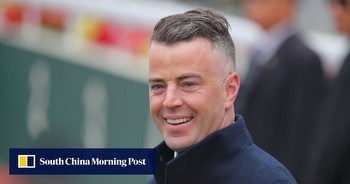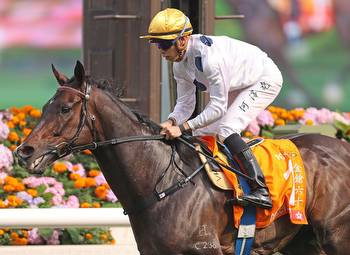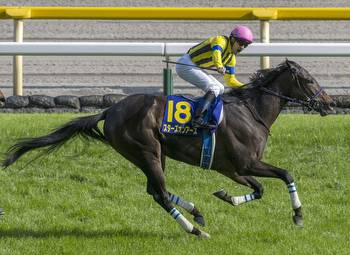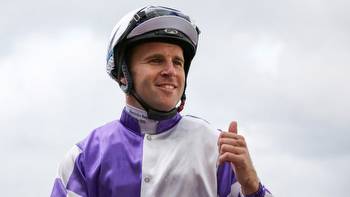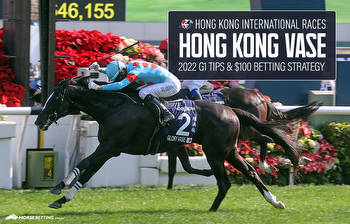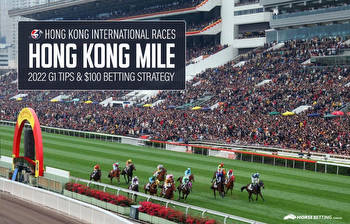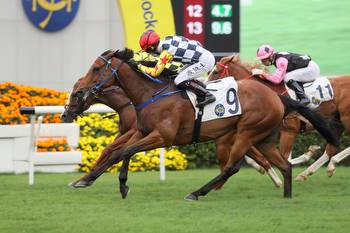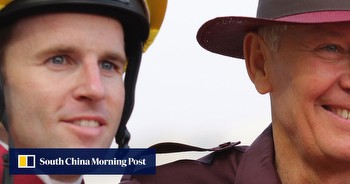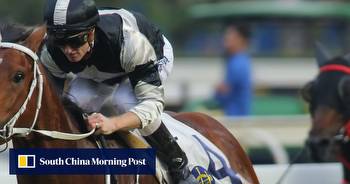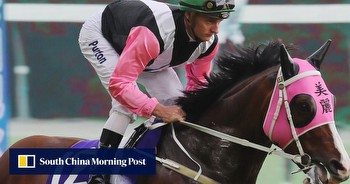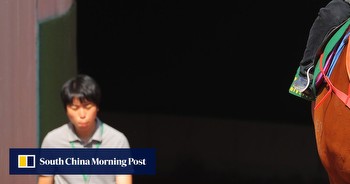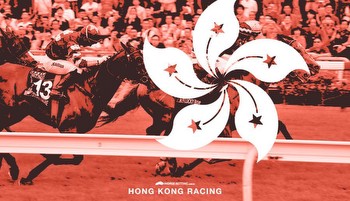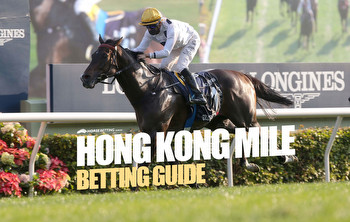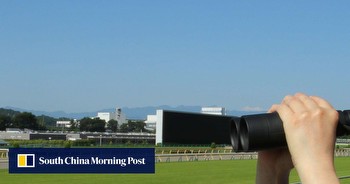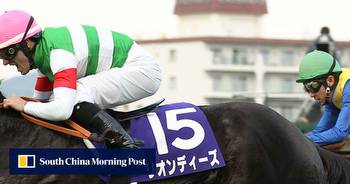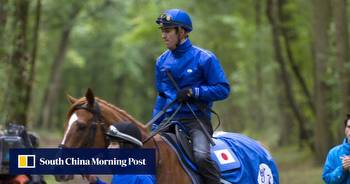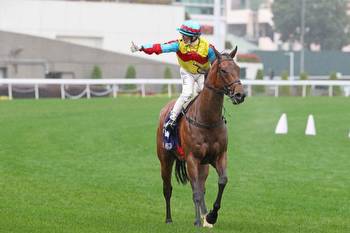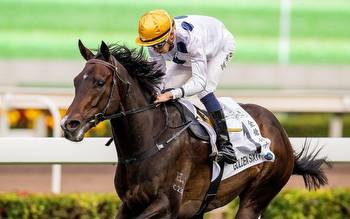What we learned from the Yasuda Kinen: Maurice’s weakness has been exposed
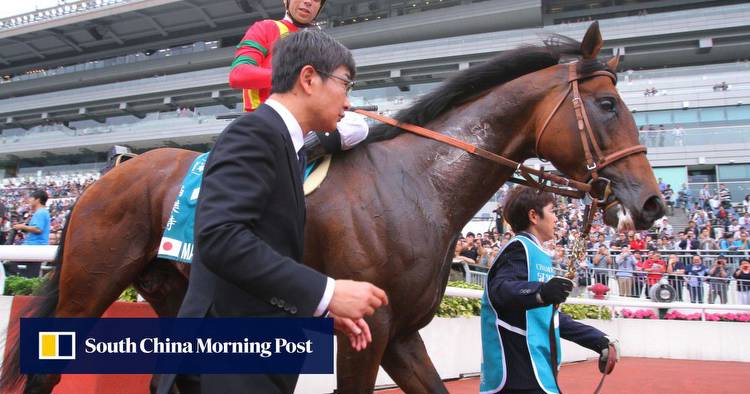
Oh no, not one of those “what we learned” aftermath columns again!
Well, not quite, but a memorable Yasuda Kinen was a particularly educational experience from a punting perspective and Sunday’s race did reveal something of superstar Maurice: he isn’t quite the indestructible, bombproof force on raceday many had him down to be.
It wasn’t injury or illness or even truly bad luck that snapped a seven-race streak – it was simply an as yet fully exposed chink in the five-year-old’s armour, an inability to settle behind a slowish tempo when left with no cover and his inability to stay relaxed in the face of early jostling.
More on Tommy Berry’s ride later – as it has been a bit of a talking point – but this is about the horse. Maurice had a curve ball thrown at him at Fuchu and the power hitter showed he is best at simply whacking fastballs out of the park.
“Educational from a punting perspective” basically means a postmortem of what happened when a heap of people did their money cold on a favourite – it just sounds nicer.
Of the lessons for punters – and perhaps Berry, but mainly some pundits (this one include) – there was the invaluable but ageless mantra, never assume.
It was assumed that just because it was a Group One in Japan that there just has to be speed, or more to the point, pressure for the lead – well, that couldn’t have been more wrong.
Berry’s post-race quotes indicated he thought as such, and when previewing the race it almost felt sacrilegious to suggest there could be anything other than above-average tempo.
Even if that promise of speed on paper at best looked decidedly shaky, and at worst wishful thinking, given the type of sectionals we are used to seeing in large field contests on rock hard surfaces on simulcasts, it was just a given – someone had to go out at a crazy pace. Someone? Well, they didn’t.
Speaking of simulcasts: is there anything better than snapping up overs about outsiders on the Jockey Club tote? Those who backed Logotype – not that we know anybody who did – were treated to sumptuous overs. Logotype blew out to closer to 100-1 in Hong Kong, returning $1,004 for each $10 invested, but was just 36-1 in the home pool. By contrast, Maurice jumped 1.4 in Hong Kong compared to 1.7 in Japan.
Shopping around for overs on big international meetings has been highlighted in Andrew Hawkins’ excellent Dubai World Cup night previews, and even the Prix du Jockey Club produced a little premium for Hong Kong players when Almanzor lobbed at 33-1 compared to a starting price in Europe of 20-1.
Yet, most were on Maurice.
Some other hard lessons learned at Tokyo: how vulnerable horses drawn gate one really are, the fragility of speed maps and yeah, never assume – it really does need to be repeated.
Key to anyone’s “wishful thinking” speed map was Clarente digging up from barrier one and holding a prominent spot. or at least making someone work to get the rail in front of him.
Clarente not being able to muster enough speed early and being crossed by Decipher, basically a stayer prepping for the Takarazuka Kinen, was the first game changer: it wasn’t long before the only realistic pace influence was pinned three back on the fence and playing no part.
Factor two was Rosa Gigantea stepping slow, but the biggie was the bump that Maurice copped from his outside shortly after the start that caused the big horse to fire up, then sparked more bumping with Contentment and left Berry busy putting out fires and trying to settle his horse rather than simply thinking about where he would like to be.
Meanwhile, Logotype strolls forward and the rest, as they say, is history.
Well, not quite, as some have suggested Berry should have allowed Maurice – who pulled his way up to the outside of Logotype – to stride forward and lead.
Brave move, especially given it would have almost certainly been against instructions from the biggest trainer-owner combination in Japanese racing – Noriyuki Hori and the might of the Yoshida family – and who is to say Maurice wouldn’t have spotted wide open spaces and a rail in front of him and gone even harder?
It was a case of pick your poison for the Australian jockey – wrestle one of the strongest horses in world racing, or take what may have been a low percentage risk by rolling on.
Berry wasn’t in a position to place pressure on the leader, he had his hands full, literally, and in the end he actually did a good job to find some semblance of rhythm on the favourite.
Besides, a closer look at the sectional times shows the bumping may have played a bigger part than slow speed – it wasn’t as if Hironobu Tanabe pulled the handbrake on.
Here’s how the race played out in seconds for each 200m segment: 12.3, 11.0, 11.7, 12.0, 12.1, 11.3, 10.9 and 11.7.
The six-year-old was clearly well rated, but maybe more of a factor was the sole lead and that there was no pressure on a horse happily running his own race with nothing but a rail to look at.
So it might have been more about contact and not having a horse to sit behind, but regardless, the shock loss has massive ramifications for Maurice.
Connections may have been stretching the stallion prospect out in trip, up to more lucrative distances, but that’s just not an option now. The big horse is basically stuck at a mile, a distance at which there are only two domestic Group Ones he is eligible for.
Was Maurice at his best? It certainly wasn’t an ideal preparation timing-wise and logistically it looked a nightmare from the outside looking in. Then there was “Maurice-gait” and the horse looking a little proppy three days out from the race, but anyway, that’s not what had him beaten.
A bump or two, slower than usual tempo – whatever the case, we might have found Maurice’s kryptonite.

